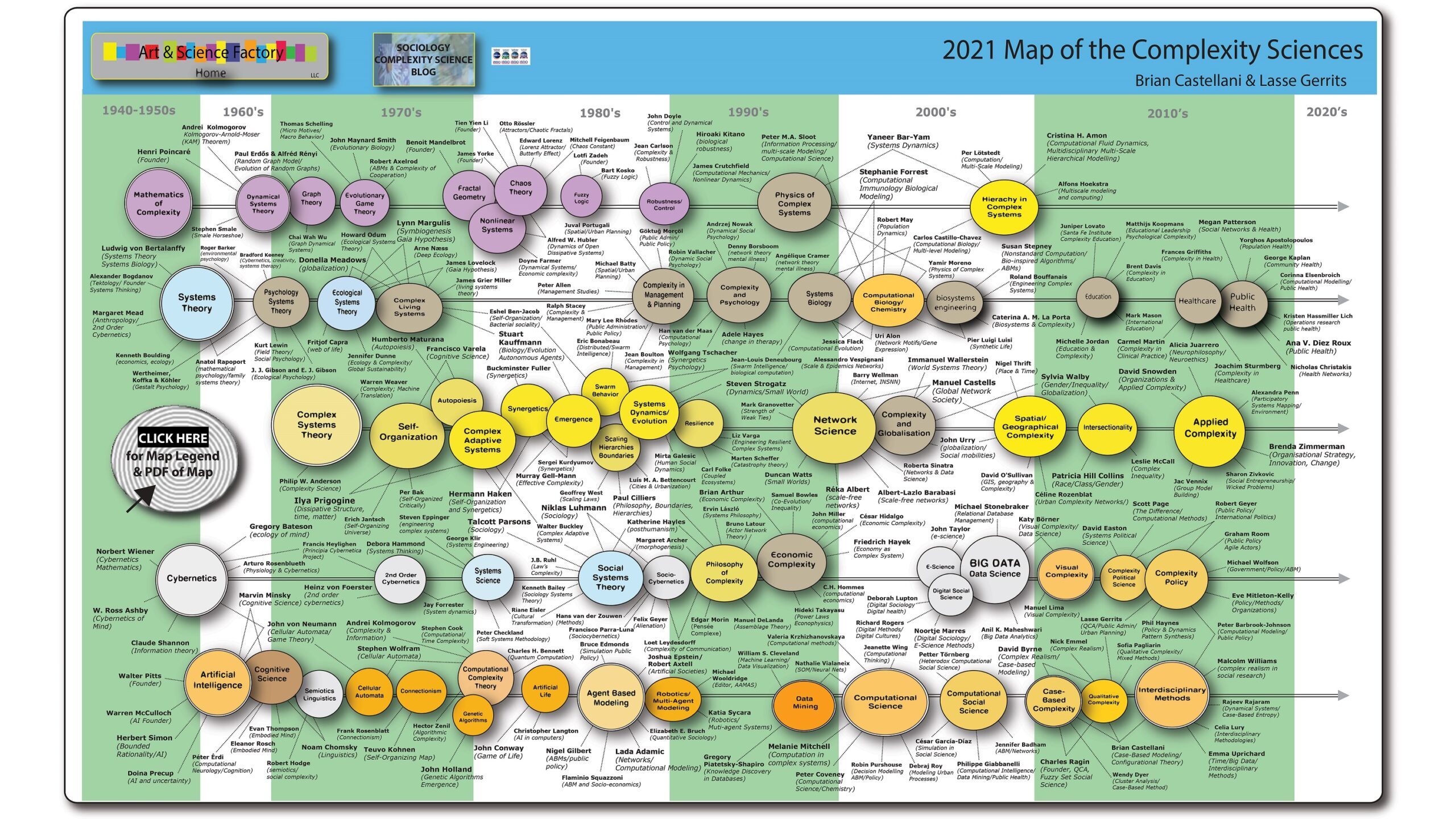The Complex Relationship Between Apple And Google: Cooperation Or Competition?

Table of Contents
Areas of Direct Competition
The rivalry between Apple and Google is most apparent in several key areas where they directly compete for market share and user loyalty.
Mobile Operating Systems: iOS vs. Android
The battle for mobile dominance is arguably the most significant aspect of the Apple and Google relationship. iOS and Android represent distinct philosophies in mobile operating systems, each with a loyal following. Android, with its open-source nature and vast device ecosystem, boasts a significantly larger global market share than iOS. However, iOS maintains a higher average revenue per user, indicating a more lucrative, albeit smaller, user base.
- App Store Ecosystems: The Apple App Store and Google Play Store are central to their respective platforms. While Google Play Store enjoys higher app volume, the Apple App Store often generates more revenue due to its stricter curation and higher average app spending.
- Marketing Strategies: Both companies invest heavily in sophisticated marketing campaigns targeting different demographics and emphasizing unique features and user experiences.
- Hardware Integration: A key differentiator is the tight integration between Apple's hardware and iOS, compared to Android's operation across a much wider range of devices from numerous manufacturers.
Search and Digital Advertising
Google's dominance in search and online advertising is undeniable. However, Apple is actively challenging this dominance, prioritizing user privacy and reducing its reliance on Google services. This aspect of the Apple and Google relationship is becoming increasingly adversarial.
- Privacy Concerns: Apple's introduction of features like App Tracking Transparency (ATT) significantly impacts Google's ad revenue by limiting its ability to track user data across apps.
- Apple's App Tracking Transparency (ATT): This privacy-focused initiative has forced Google to adapt its advertising strategies, leading to increased focus on contextual advertising and privacy-preserving techniques.
- The Development of Apple Search Ads: Apple's own advertising platform, Apple Search Ads, directly competes with Google Ads, vying for a share of the lucrative mobile advertising market.
Hardware Competition
Beyond software, Apple and Google compete directly in hardware. Both offer compelling smartphones (iPhone vs. Pixel), smartwatches (Apple Watch vs. Wear OS devices), and tablets (iPad vs. Android tablets).
- Price Points: Apple generally occupies the premium segment, while Google offers a range of price points, making Android devices more accessible to a wider audience.
- Features and Innovation: Both companies consistently strive for innovation, introducing new features and technologies to attract consumers. This leads to a constant back-and-forth of improvements and feature additions.
- Market Segmentation Strategies: Apple often targets a loyal, premium customer base, while Google caters to a broader, more diverse range of users with different needs and budgets.
Areas of Cooperation and Interdependence
While competition is fierce, the Apple and Google relationship also demonstrates significant areas of cooperation and interdependence.
Shared Services and Technologies
Despite their rivalry, Apple and Google rely on each other's services and technologies in certain areas.
- Google Maps Integration in iOS: Apple devices seamlessly integrate with Google Maps, showcasing a pragmatic cooperation benefiting both users and companies.
- YouTube app availability on Apple devices: The YouTube app’s presence on Apple’s ecosystem highlights the mutual benefit of reaching a wider audience.
- iMessage and Google Cloud Platform (Hypothetical Example): While not publicly confirmed, it’s plausible Apple utilizes Google Cloud Platform (GCP) for some aspects of iMessage infrastructure, showcasing potential behind-the-scenes collaboration. (This requires further verification.)
The Importance of a Thriving App Ecosystem
Both companies benefit from a robust and diverse app ecosystem, even though they compete for developer loyalty and app downloads.
- Mutual Benefits of App Store Growth: A healthy app ecosystem benefits both platforms, attracting more users and strengthening their respective positions in the market.
- Developer Relations: Both Apple and Google invest heavily in cultivating relationships with app developers, understanding that a thriving app store ecosystem is crucial for their continued success.
- Importance of a Robust App Economy: A strong app economy fuels innovation and economic growth, benefiting both companies and the broader technology industry.
Web Technologies and Open Standards
Apple and Google collaborate on certain open web standards and technologies to ensure cross-platform compatibility.
- Collaboration in Web Standards Organizations: Both companies participate actively in organizations that develop and maintain web standards, ensuring a consistent and interoperable web experience.
- Shared Development Efforts in Certain Technologies: In specific areas, joint development efforts might occur to improve web technologies, contributing to a more seamless user experience across platforms.
- Cross-Platform Compatibility Benefits: Cooperation on web standards benefits both companies by promoting a more unified and interoperable digital landscape.
Conclusion: Navigating the Apple and Google Landscape
The Apple and Google relationship is a dynamic interplay of competition and cooperation. Their rivalry fuels innovation, while their collaboration ensures a more interconnected digital world. This complex dynamic is constantly evolving, influenced by shifting market trends, technological advancements, and regulatory pressures. The future of their relationship remains uncertain, potentially seeing increased competition in some areas and unexpected cooperation in others.
What do you think the future holds for this complicated partnership? Share your thoughts and predictions in the comments below!

Featured Posts
-
 Will Thomas Mueller Leave Bayern Munich Analyzing The Potential Impact
May 11, 2025
Will Thomas Mueller Leave Bayern Munich Analyzing The Potential Impact
May 11, 2025 -
 Knicks Steal Second Straight Overtime Victory Against Bulls
May 11, 2025
Knicks Steal Second Straight Overtime Victory Against Bulls
May 11, 2025 -
 Stock Market News Analyzing The Impact Of Trumps Proposed Tariffs And The Uk Trade Deal
May 11, 2025
Stock Market News Analyzing The Impact Of Trumps Proposed Tariffs And The Uk Trade Deal
May 11, 2025 -
 Hakkaride Duezenlenen Hakim Ve Savcilar Iftar Programi Katilimcilar Ve Etkinlikler
May 11, 2025
Hakkaride Duezenlenen Hakim Ve Savcilar Iftar Programi Katilimcilar Ve Etkinlikler
May 11, 2025 -
 Boris Johnson Atacado Por Avestruz Durante Paseo Familiar En Texas
May 11, 2025
Boris Johnson Atacado Por Avestruz Durante Paseo Familiar En Texas
May 11, 2025
